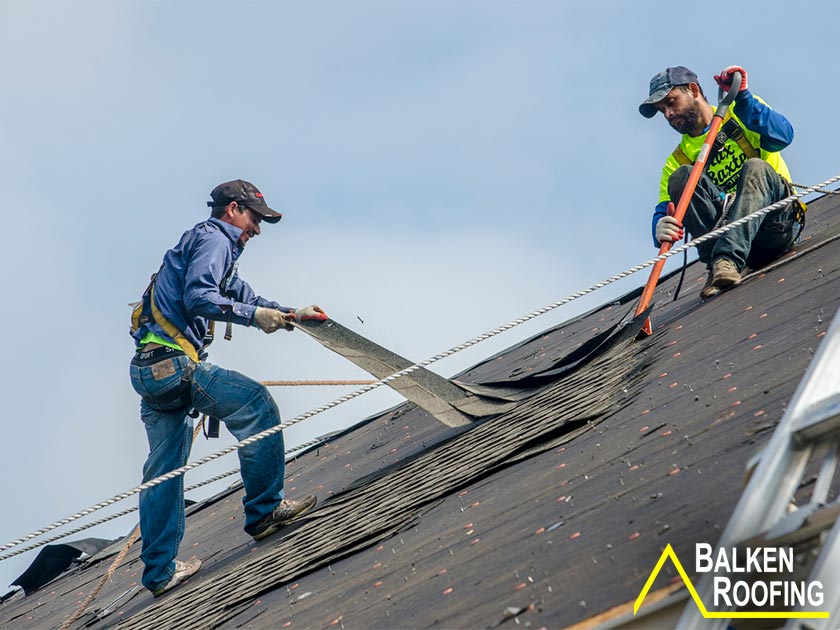Pulse of Information
Your source for the latest insights and updates.
When Your Roof Starts Leaking, Do This First
Don't panic! Discover the crucial first steps to take when your roof starts leaking and avoid costly damage. Click to learn more!
Immediate Steps to Take When Your Roof Starts Leaking
When you notice a leak in your roof, the first and most crucial step is to contain the damage. Immediately move any valuables, furniture, or appliances away from the leak area to prevent water damage. Use buckets or containers to catch dripping water and reduce further complications. If possible, try to identify the source of the leak from inside your home—look for dark spots, sagging areas, or any cracks that may indicate where the water is entering.
Next, prioritize safety by ensuring that the affected area is secure. If the leak is severe or if water is pooling significantly, it may be necessary to evacuate the area and turn off power to that portion of the house to prevent electrical hazards. If you can safely access the roof, inspect it for visible damage such as missing shingles or holes. In cases where the damage is extensive, it's advisable to contact a professional roofer to assess the situation and implement a permanent repair solution.

Top 5 Common Causes of Roof Leaks and How to Identify Them
Roof leaks can be a homeowner's worst nightmare, leading to significant damage if not addressed promptly. Understanding the common causes of roof leaks is essential for early detection and preventive maintenance. Here are the top five causes:
- Damaged Shingles: Over time, shingles can crack, curl, or become dislodged due to severe weather or aging. Inspecting your roof for missing or broken shingles is crucial.
- Punctures and Holes: Any punctures or holes in the roof, whether from fallen branches or improper installation, can create entry points for water. Regular inspections can help identify these vulnerabilities.
- Clogged Gutters: When gutters are obstructed by debris, water can pool and seep under the roofing material. Keeping gutters clear is vital to ensure proper drainage.
- Flashing Failures: Flashing is used to direct water away from roof joints. If it wears out or is improperly installed, it can lead to leaks around chimneys and vents.
- Ice Dams: In colder climates, ice dams can form at the roof edge, trapping water underneath shingles. Monitoring your roof for ice buildup is important during winter months.
Identifying these causes early can save homeowners from costly repairs. To check for roof leaks, look for water stains on ceilings and walls, inspect your attic for dampness, or even conduct a water test on your roof during a rainstorm. If you discover signs of a leak, it’s recommended to contact a professional for thorough inspection and repair. Remember, maintaining the integrity of your roof not only protects your home but also adds to its overall value.
What to Do Before Calling a Roofing Professional for a Leak
Before you reach out to a roofing professional for a leak, it’s essential to assess the situation yourself. Start by identifying the location of the leak, both inside and outside your home. Check your ceiling for water stains, drips, or any signs of water accumulation. Go outside and inspect your roof for missing shingles, cracks, or debris that might be obstructing proper drainage. Making note of these details will help the roofing expert understand the situation more clearly when you do call.
Once you have gathered some preliminary information, consider documenting the issue with photos. Take pictures of the leak, the affected areas, and any visible damage to your roof. If possible, also note the weather conditions leading up to the leak, as heavy rain or snow can exacerbate the problem. This information can be crucial for your roofing professional in evaluating the severity of the leak and determining the best course of action. By being prepared, you can save time and potentially reduce repair costs.